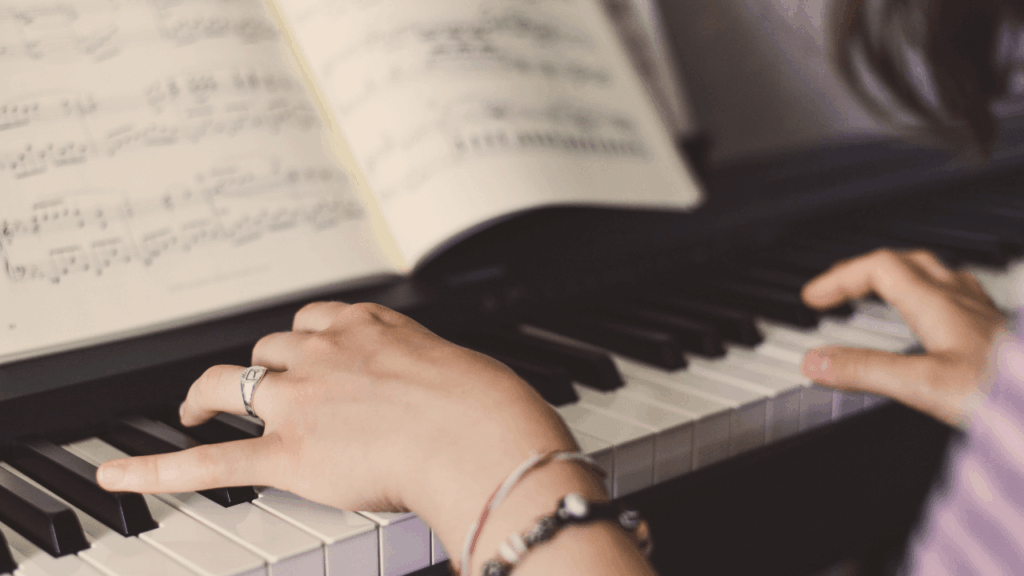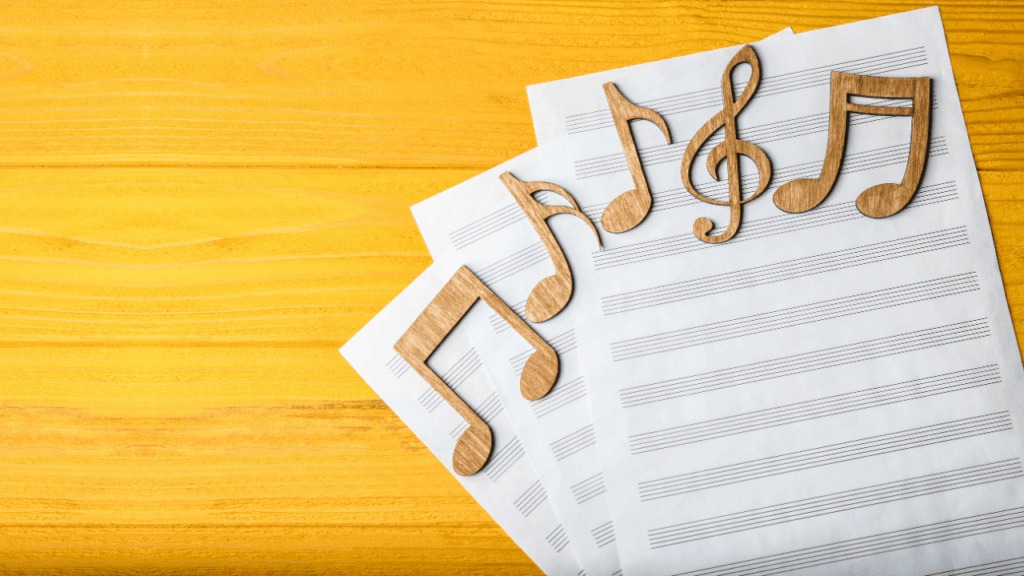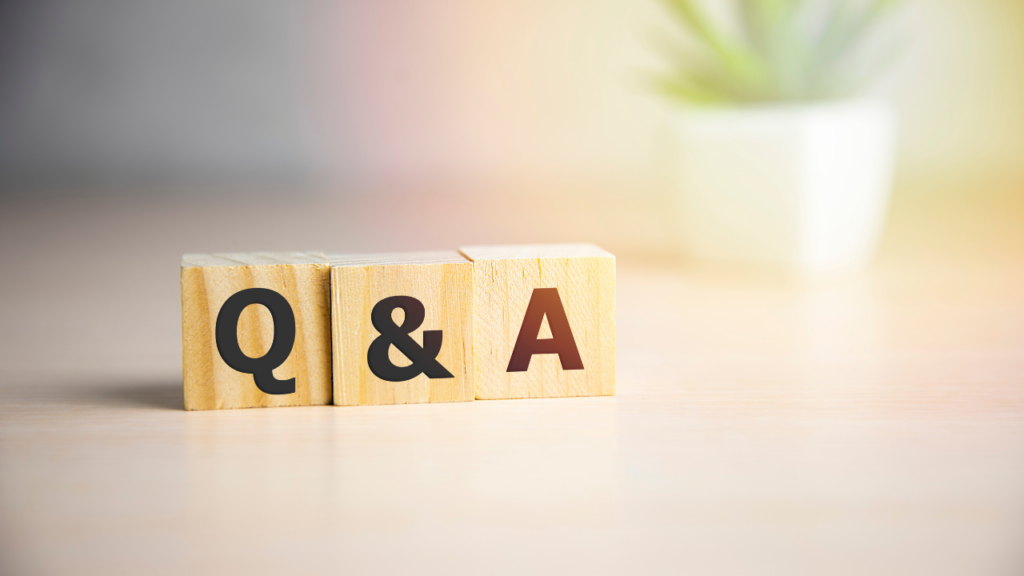“I’m putting in the time, but I’m not improving…” — this is a common concern for many piano learners.
However, with the right practice method, you can see visible results even with 20 minutes a day.
Here, we present a highly repeatable roadmap that even busy working adults can start using today.
Why does progress stall?

- Vague goals: Not specific about piece, tempo, or finish date
- Quantity over quality: Aimless playing that feels “enough”
- Neglecting fundamentals: Jumping to difficult pieces without solid relaxation and finger independence
- Lack of objectivity: No recordings or external feedback
Start by setting “time-bound goals” and build a system that lets you feel your progress.
Six ways to accelerate improvement

To rapidly boost your progress, first build the habit of sitting at the keyboard for at least 20 minutes at a fixed time every day.
It also helps to set SMART goals (Specific, Measurable, Achievable, Relevant, Time-bound). For example: “Memorize Für Elise within four weeks,” with a concrete target and deadline.
When you practice, stick to short section work in units of 4–8 bars. Isolate tricky spots, repeat until memorized, then move to the next section—this keeps focus high and lets you combine sections efficiently for full run-throughs.
| Principle | How to apply it |
|---|---|
| ① Daily 20-minute routine | Keep in mind the ~40-minute focus limit; prioritize 5–7 days/week |
| ② Manage with SMART goals | e.g., Memorize “Für Elise” in 4 weeks |
| ③ Warm-up & finger stretch | Wake up joints with scales or Hanon before pieces |
| ④ Slow, hands-separate practice | Right/left hand → slow tempo → speed up in 5 BPM steps |
| ⑤ Record for objectivity | Phone recording → weekly review |
| ⑥ Short section practice | Divide into 4–10 second chunks; move on once secured |

Example: Recommended practice menus by level

Beginner
- Finger independence: Hanon No.1–10 → 10 minutes/day
- Reading basics: Memorize the “notes on the lines” (E–G–B–D–F / G–B–D–F–A)
- Piece selection rule: Choose entry–beginner scores with simple left hand and triads (three-note chords) or fewer
Lower–Intermediate
- Burgmüller: Acquire technique within musical pieces
- Inventions No.1 & 8: Balance between hands
- “Part → full run” practice: In run-throughs, don’t stop for mistakes → loop only the problem spots afterward
Intermediate
- Beethoven Op.49-2: Sforzando control
- Chopin “Minute Waltz”: Jumps + pedal
Advanced
- Liszt “Liebestraum No.3”: Balancing legato and forte
- Chopin “Revolutionary Étude”: Colorful touch
Three practice techniques to boost efficiency

- Block practice: Expand from 4 bars → 8 bars
- Write in fingerings: Make tough spots visible and use the same fingers every time
- Mental practice: “Play in your head” during commutes, etc.
Among methods for boosting efficiency, “block practice” is considered the most effective.
First, divide the piece into small “blocks” of about 4–8 bars, and repeat each block thoroughly until memorized.
This block practice keeps information within working memory, maximizes focus, and helps you pinpoint errors quickly—often raising learning speed by about 30%.
A mental blueprint to avoid burnout

To sustain practice long-term, start by vividly picturing your “end scene.”
Imagine yourself performing confidently at a recital, or nailing a surprise performance for your family. Fix that goal image in your mind like a photograph, and you’ll have a daily reason to practice.
Then split the journey into three phases—reading, expression, and polishing—and set concrete tasks and deadlines for each stage. This dramatically lowers the psychological hurdle.
| Mindset | Concrete actions |
|---|---|
| Visualize the end scene | Set a “goal photo” like a recital or posting a performance video |
| Create a realistic plan | Divide the whole process into 3 phases (reading → expression → performance) |
| Don’t overcompare | Prioritize consistency over pace. Compare recordings rather than social feeds |
| Center practice on songs you love | Use study pieces only to fill specific technical gaps |
| Make every day enjoyable | Link practice to small rewards—e.g., 10 minutes → coffee |
FAQ

Q. Can I really improve with just 20 minutes a day?
A. Studies indicate quality matters more than sheer quantity. With focused practice, 20 minutes × 5 days a week yields solid results.
Q. My fingers won’t move well—it’s frustrating.
A. Stretch while relaxed → Hanon → slow-tempo basics. Building fundamentals this way helps a lot.
Q. I read music too slowly.
A. First memorize the notes on the lines → then the spaces → finally accidentals. Expanding in this order is efficient.
Q. How far can I get with self-study?
A. You can cover the basics, but before bad habits set in, have your posture and touch checked once by a pro teacher or an AI feedback app.
Summary – Efficient ways to improve at piano

The keys to improving are: “a daily habit even if brief,” “a system that measures quality,” and “goals that excite you.”
Run the loop of warm-up → hands-separate → sections → full run-through → record → feedback in just 20 minutes a day. In a few weeks you’ll feel clearer touch and faster reading.
Create a state where practice is fun, and keep the cycle turning so improvement comes naturally.


